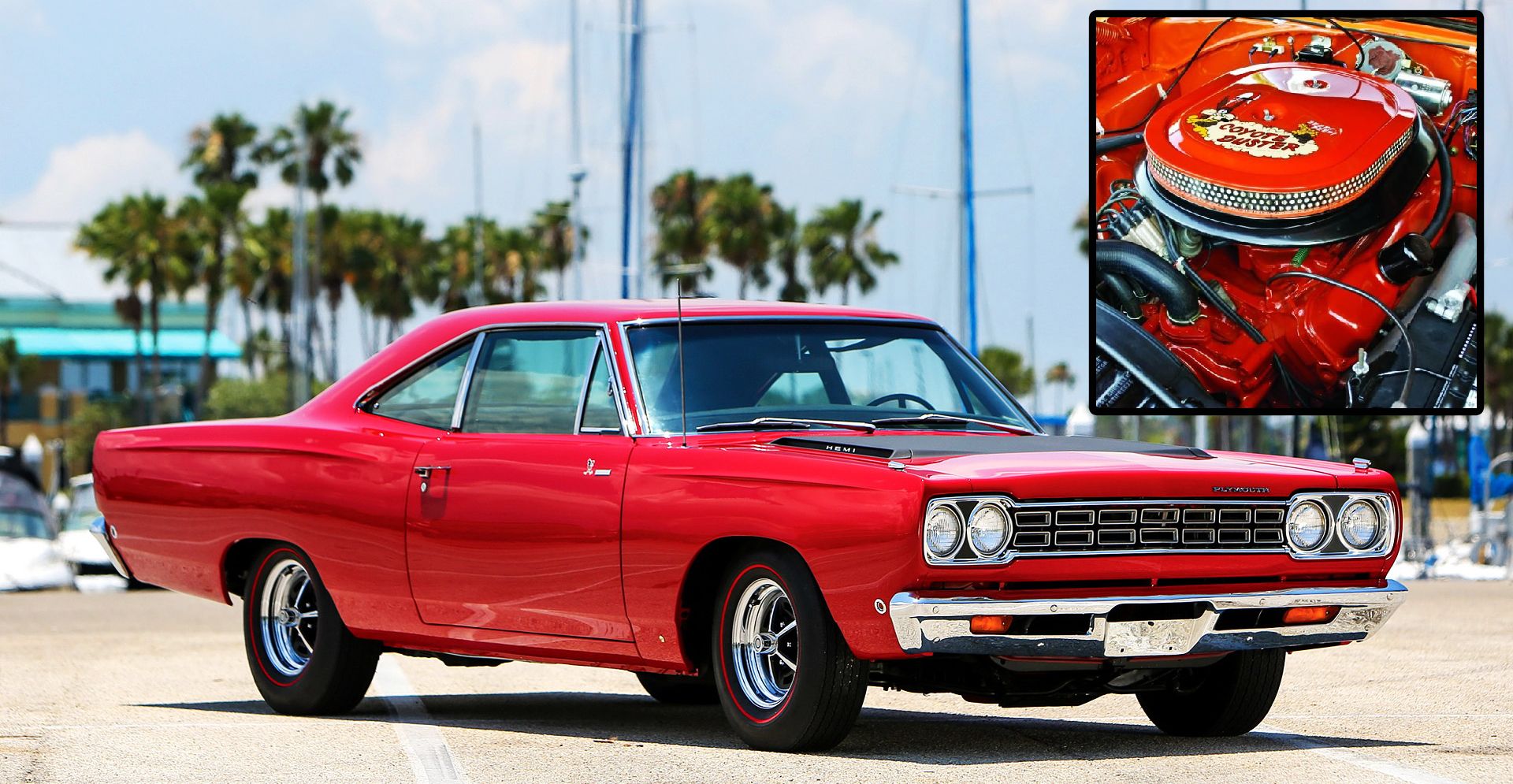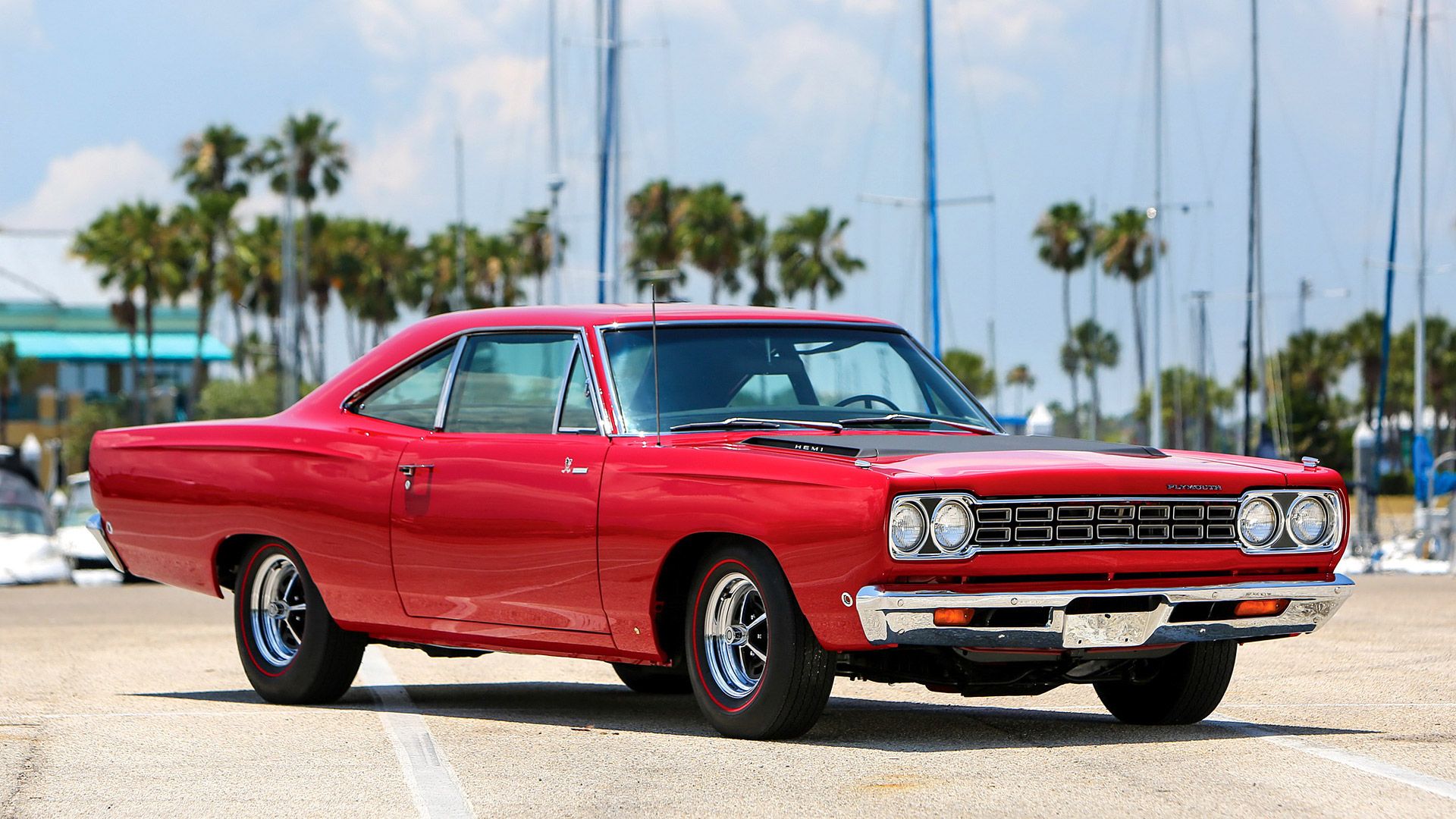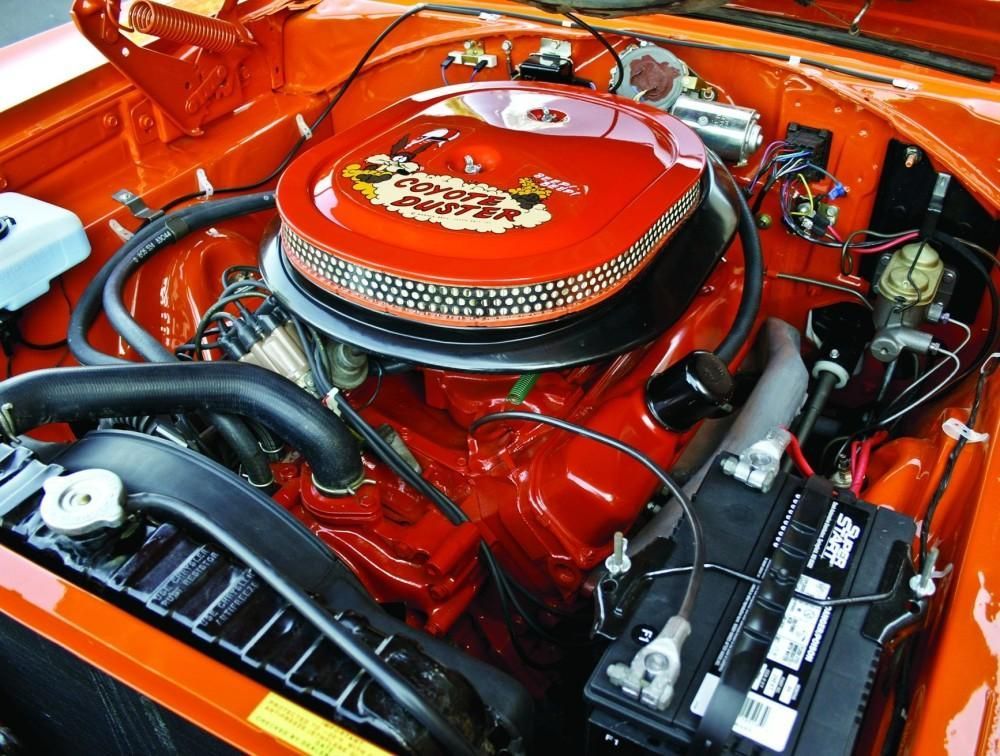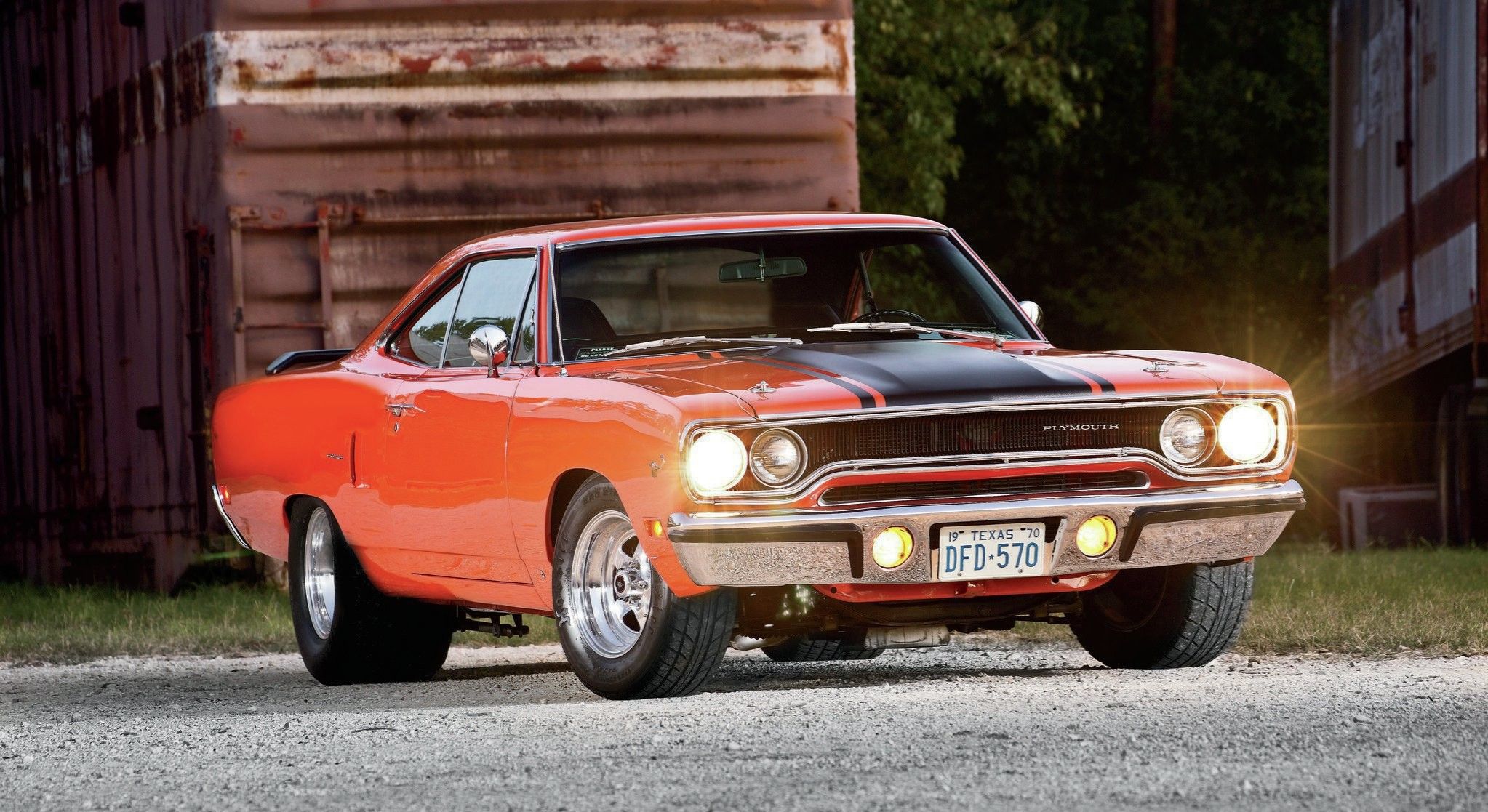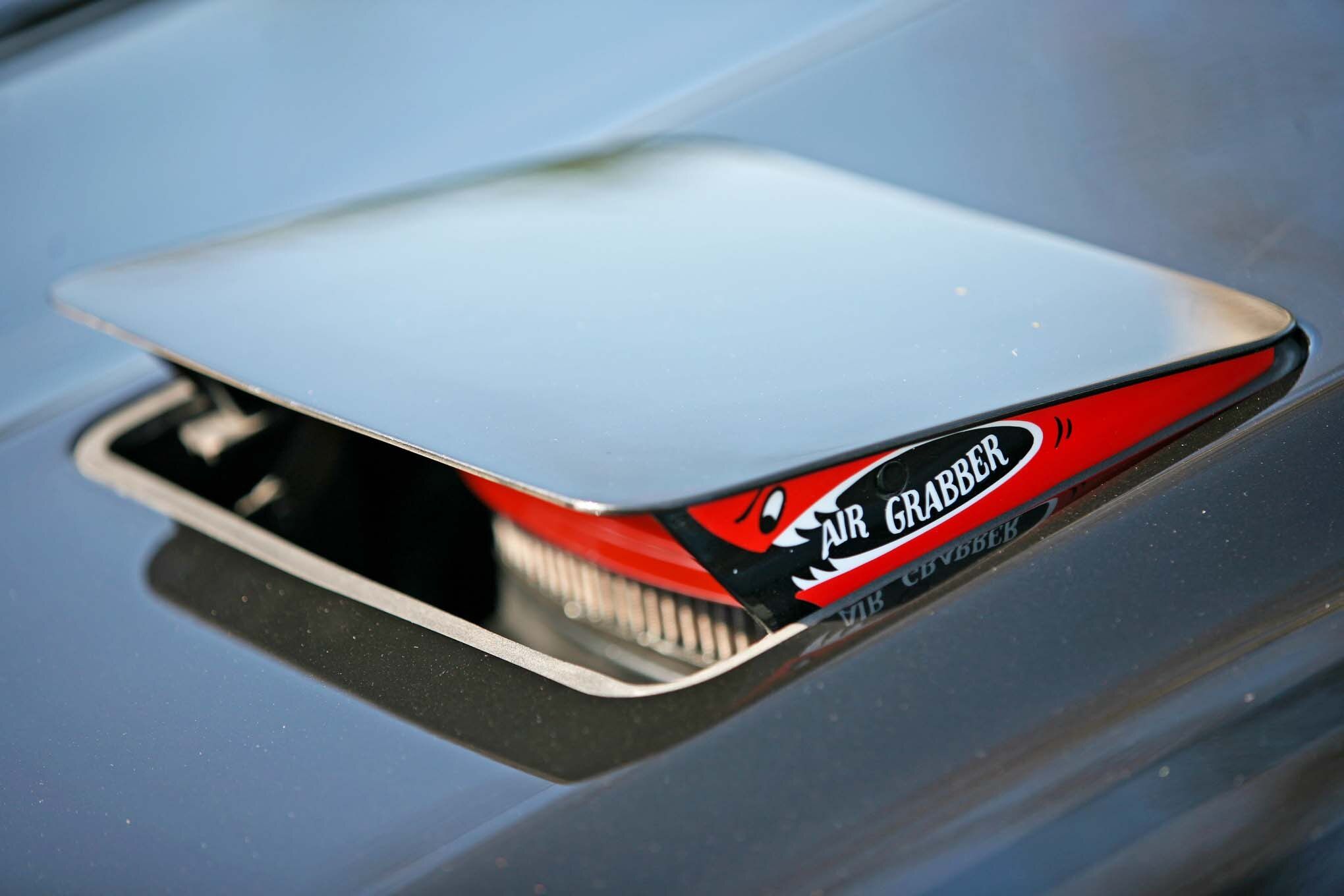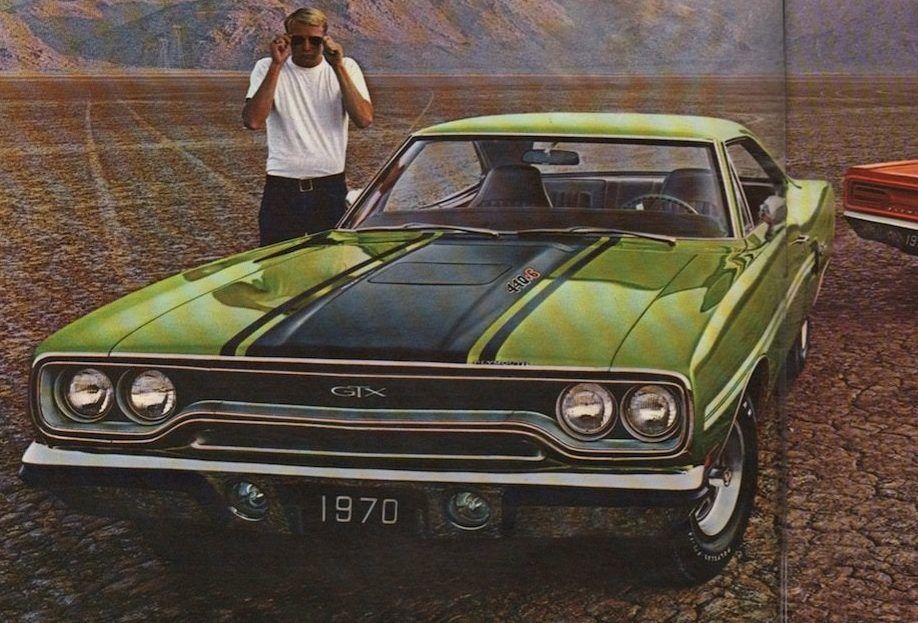It's almost shocking to remember that the "muscle car era" only lasted about 8 years because so many icons came out of American companies during the period.
Names synonymous with the era like Mustang, Camaro, and Charger have garnered endless fame and still continue to release examples to this day.
But back then the Boss 429s and Z/28s of the world had to fib about their engine outputs and sugarcoat some specs for the insurance companies.
Luckily, there is one car that presented its "power over everything" method with pride and pleasure - the Plymouth Road Runner 426 Hemi.
Let's Take It Back
Much like GM, Chrysler or "Mopar" as your uncle calls it, owned multiple brands back in the '50s and '60s. This allowed the parent companies to evenly distribute their money across all price ranges and build qualities. As for Plymouth, it was the low end of Chrysler, like Chevy is to GM.
But even Chevy came out with a more luxurious, option-heavy car called the Camaro in wake of its pony car rival, the Mustang. So, if Plymouth couldn't do refined grand touring, they would do cheap and dirty power. Welcome to the Road Runner.
The Road Runner was a B-body Chrysler, which included the Satellite, GTX, and Belvedere models. The car was actually based on its B-Body brother, the Belvedere, which was a higher-priced model. A common misconception is the Road Runner's relation to the GTX, while they are part of the same family, the first generation Road Runner was not based on the GTX muscle cars.
"Hemi"
Since its conception, the Road Runner was a no-nonsense, no extra, and no fancy things type of car. It was born as Plymouths return to the wide market and this time it wanted to bring all the V8s.
Chrysler's Hemi technology referred to their globally known hemispherical engine series that took the world by storm in the '60s with its catchy "Hemi" tag. Since 1964 Chrysler had been putting the Hemi into unsuspecting Dodge Darts and Coronets and destroying their tires.
Then in 1968, the Road Runner got the big "426 Hemi" trim along with a 440 cu in and 383 cu in V8 trim. The car had V8 only options, a cheap interior, a meaty differential, and a floor-mounted shifter to give the RR a streetcar personality, and boy did they succeed.
Sales
Back then, the most popular cars were 4 door sedans and 2 door cars with 4 seats. The Road Runner had a long, flowing body style like many Mopars did back in the day, this meant more room for friends and storage. The charming name, cartoonish graphics, and simplicity of the car were precisely what Plymouth had envisioned.
They wanted to sell 20,000 but ended up getting 45,000 orders and made it to third on the muscle car top sales list, only getting beat out by the Pontiac GTO and Chevy Chevelle SS, both of which were proven, second-generation muscle cars.
1970 Was A Big Year For The Road Runner
The year 1970 saw much change in the world, the first Boeing 747 was commissioned and flown, the Beatles broke up, and Jimi Hendrix Died. The same theme made its way into the car industry. The Firebird, Camaro, Cuda, and many more saw big styling changes in bodywork.
The Road Runner, however, kept its basic styling and gained some subtle changes. It got a slightly different front facia and rear look along with cloth and vinyl seat options, disc brakes, and a hood scoop with a switch to raise it up revealing the Air Grabber shark teeth.
Sadly, this year would be fateful for the Road Runner, and its last year of reign as king of the muscle car territory. Sales dropped from its fantastic 1969 sales figures of around 80,000 back to square one at 40,000 in 1970. The car that was once the sultan of street racing and Motortrend's Car of The Year, was now old news.
But we can't blame the Road Runner for its demise, no, we must blame Richard Nixon.
Fading Away
Well, "Nixon" is a strong word but in the early '70s, the insurance companies added checkout fees or "surcharges" to the purchases of many muscle cars because they guzzled gas and went really fast. This meant that cars like the Road Runner were getting too expensive to cater to its once vast market of customers. More specifically though, Plymouth itself had a hand in the cookie jar of betrayal, here's how.
Instead of making cost cuts to the Road Runner and bringing the price down for people who loved the car, they decided to design a new car, the Duster. It was an A-body coupe with a 6 cylinder option that went all the way up to a 340 cu in V8 option, and not to mention an attractive price tag.
Road Runner sales faded due to the hot new Duster and the Superbird NASCAR models didn't save the icon in time. By '71 the car entered a new generation with a more traditional muscle car look. It got lower compression ratios to account for insurance prices and eventually turned into a more luxury-oriented vehicle and then an options package for the Volare.
That is a quick and dirty recap of its final years in the '70s but the early years of the Road Runner and especially the Hemi that cemented its iconic status have a place in any muscle car enthusiast's heart. It's accessibility, trademark Mopar styling, and the loveable name was a gift to the youth of 1968 but now a shining trophy for us in 2020.

